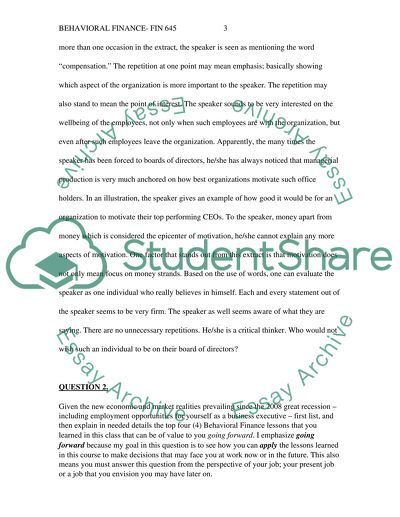Cite this document
(“Behavioral Finance Essay Example | Topics and Well Written Essays - 2000 words”, n.d.)
Behavioral Finance Essay Example | Topics and Well Written Essays - 2000 words. Retrieved from https://studentshare.org/finance-accounting/1667794-behavioral-finance
Behavioral Finance Essay Example | Topics and Well Written Essays - 2000 words. Retrieved from https://studentshare.org/finance-accounting/1667794-behavioral-finance
(Behavioral Finance Essay Example | Topics and Well Written Essays - 2000 Words)
Behavioral Finance Essay Example | Topics and Well Written Essays - 2000 Words. https://studentshare.org/finance-accounting/1667794-behavioral-finance.
Behavioral Finance Essay Example | Topics and Well Written Essays - 2000 Words. https://studentshare.org/finance-accounting/1667794-behavioral-finance.
“Behavioral Finance Essay Example | Topics and Well Written Essays - 2000 Words”, n.d. https://studentshare.org/finance-accounting/1667794-behavioral-finance.


